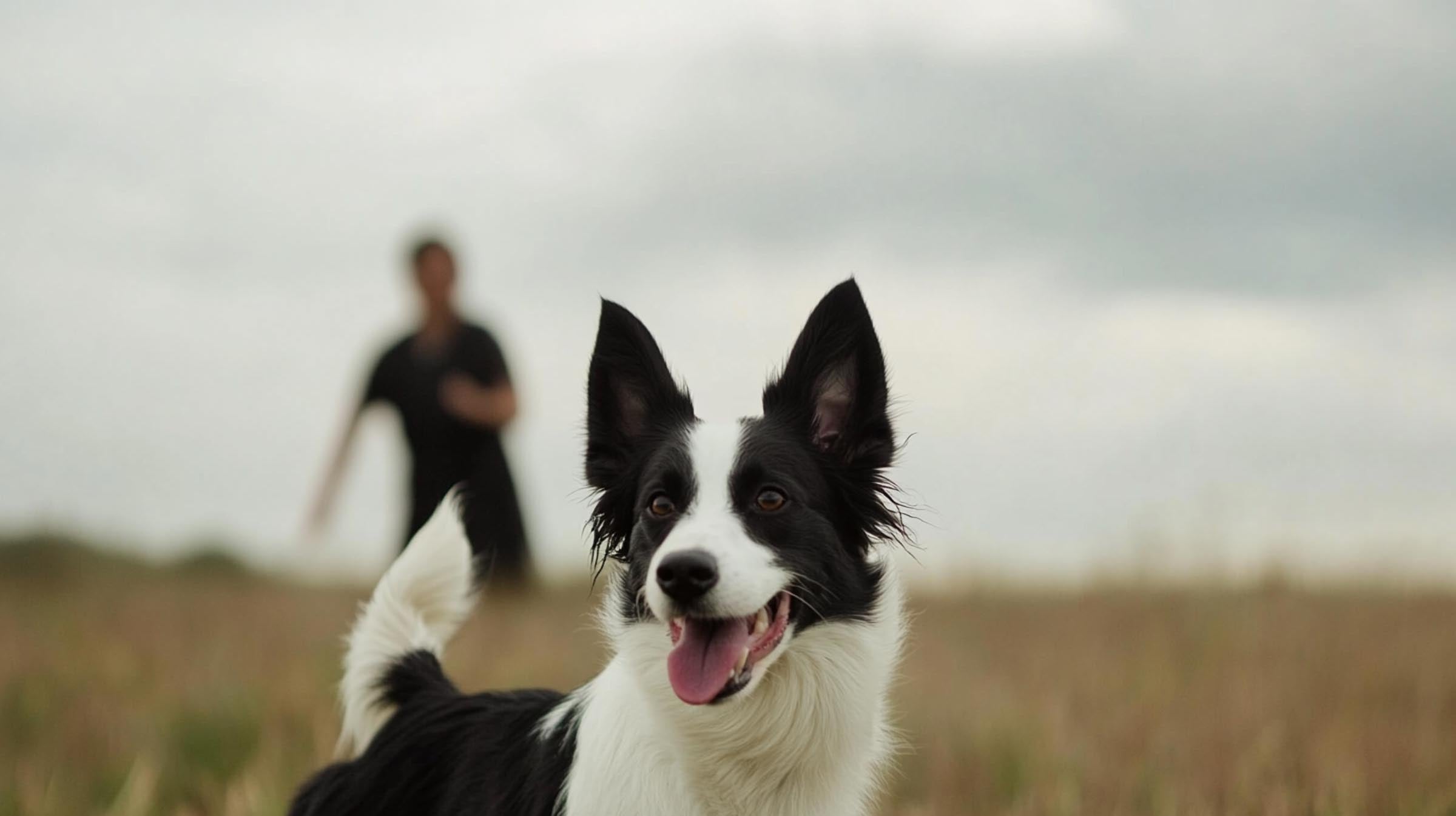Letting your dog run freely off-leash is a thrilling experience for both dog and owner, but it comes with its challenges. One of the most significant fears for dog owners is the risk of their dog running away. Understanding why this happens and how to manage it is key to keeping your dog safe and under control in open spaces.
Summary
- Dogs run away off-leash due to factors like excitement, prey drive, or fear.
- Long-distance recall and emergency recall training can help regain control.
- Calm, confident handling is key if your dog bolts—never chase them.
- Engage your dog mentally to prevent boredom-related escapes.
Curiosity and Exploration
Dogs are naturally curious, and when they experience the freedom of being off-leash, they often want to explore. This can lead to them wandering off in pursuit of something new and exciting.
- Dogs may run off to investigate unfamiliar scents, sounds, or sights.
- Young or less experienced dogs tend to be more overwhelmed by freedom and might not respond well to recall.
- Dogs often follow their instincts, which could make them hard to control once their curiosity is piqued.
Tip: Gradually increase your dog's exposure to new environments while practising recall commands. Start in a controlled area and progressively introduce more challenging settings.
Prey Drive
Many dogs are hardwired to chase. Dogs with strong prey drives, such as terriers and sighthounds, are more likely to run after small animals or moving objects, which makes managing off-leash time challenging.
- High prey drive can be triggered by movement, such as squirrels, birds, or even leaves blowing in the wind.
- Once a dog starts chasing, their focus shifts entirely to the object of pursuit, making it hard to get their attention.
- Traditional recall techniques may not be enough for these dogs, and specific training is often necessary.
Tip: Introduce desensitisation training to reduce chase impulses. Reward your dog for remaining calm in the presence of stimuli that would usually trigger their prey drive.
Fear and Anxiety
Fearful dogs are prone to running away when something startles them. Loud noises, unfamiliar people, or chaotic environments can trigger a flight response in dogs who are nervous or anxious.
- Startling events like fireworks, thunder, or even sudden movements can cause a dog to bolt.
- Dogs that have experienced trauma or lack confidence may find off-leash environments overwhelming.
- Dogs in new environments may feel insecure, leading to anxious behaviours like fleeing.
Tip: Counter-conditioning is an effective method for building your dog's confidence. Pair frightening stimuli with rewards like treats or toys to help them associate positive outcomes with previously anxiety-inducing situations.
Boredom and Lack of Engagement
Sometimes, dogs run off simply because they're bored. If their environment or interaction with you isn’t stimulating enough, they may seek excitement elsewhere, leading to them wandering off in search of something more interesting.
- Dogs may lose interest in their owner and start to roam if there is no interaction or engagement during off-leash time.
- A lack of physical or mental stimulation can lead to restlessness, resulting in the dog straying.
- Playful breeds or working dogs are more prone to running off if their needs aren’t being met.
Tip: Incorporate engaging games like fetch, hide-and-seek, or tug-of-war into your off-leash routine to keep your dog’s attention on you. Rotate different games to maintain their interest.
What to Do if Your Dog Runs Away Off Leash
Even with training, accidents can happen, and your dog might run off. If this occurs, how you react can determine how quickly you get your dog back. Here's a practical guide on what to do.
- Stay calm: Avoid panicking or yelling. Panic can worsen the situation, and shouting may make your dog anxious or scared.
- Emergency recall: Use a pre-trained emergency recall word if your dog is well-versed in it. Speak in a happy, upbeat tone to encourage them to come back.
- Run in the opposite direction: Turning the situation into a game by running away from your dog can make them want to chase you, which brings them back to you.
- Alert local authorities: If your dog is out of sight and doesn’t return, contact local shelters, veterinary clinics, animal control, and neighbours.
Tip: Train an emergency recall command with a high-value reward, such as a favourite toy or treat. Keep it reserved for situations where your dog’s safety is at risk, so the command stays powerful.
Conclusion
Dogs run away off-leash for a variety of reasons, from curiosity to fear or prey drive. Understanding the root cause behind your dog’s behaviour is essential for training them to stay safe. Consistent recall training, mental engagement, and advanced techniques for high-risk dogs can significantly reduce the chances of them running away. By applying these strategies, you can ensure a fun and safe off-leash experience for both you and your dog.




Leave a comment
This site is protected by hCaptcha and the hCaptcha Privacy Policy and Terms of Service apply.